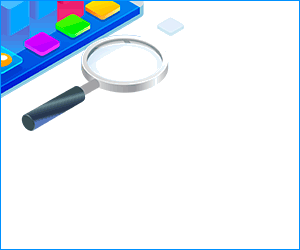Mission to Jupiter: Get the facts on Jupiter, one of the largest planets | Dark Matter
When you enter Jupiter's orbit, you're not even close to exiting the solar system, yet it feels as though you have. The scanners on your ship flash readings of nearby worlds and hazy rings. The largest planet in our
A ball of mainly hydrogen and helium the size of Jupiter, a gas giant, can accommodate more than 1,300 Earths. There isn't a solid surface to investigate around here, and jumping out of your ship's airlock isn't a good idea either. The ammonia and water vapor clouds would engulf you more deeply as the high heat and air pressure turned the hydrogen around you into a molten liquid. Science fiction authors have suggested flying over the crushing depths below in hot air balloons to explore Jupiter, but you choose to have cocoa on board your ship as you orbit the planet. It's a more secure location to observe Jupiter's magnificent cloud bands as they speed by at more than 300 mph (530 kph).
You notice a few of Jupiter's almost 70 moons. Ganymede, a mega-moon, is bigger than Mercury and has a magnetic field of its own. On Io, the most volcanically active body in the solar system, volcanoes erupt yellow sulfur clouds that rise 300 miles (500 kilometers) in the air. Frozen Europa's icy cover could conceal a liquid ocean. The seas surrounding Europa, according to scientists, may contain further life.
DID YOU KNOW?
• Set shields at maximum. Jupiter generates radiation levels more than a thousand times the lethal dose.
• Nearly three Earths could span Jupiter's Great Red Spot, a hurricane that has raged for centuries.
• Jupiter may be the largest planet in the solar system, but it has the shortest day—just 10 hours—because of its rapid rotation.






%2001.jpg)

%2001.jpg)


.jpg)
No comments